Automated Titration vs. Manual Titration
(Updated October 2021)
Currently, only 40% of labs utilize automated titration. Though automation has been proven time and time again to be the superior method, it may be hard to convince other people in your business to see the benefits.
Before we break down the features of manual and automated titration, it is critical to understand the underlying theory of how titrations work.
Titration 101
Titrimetry (volumetric analysis, aka titration) as a chemical analysis method, was developed at the start of industrialization in the 18th century, followed by the first use of glass burettes in 1890. Over time this has allowed scientists to develop many types of titrations serving thousands of applications.
The basics for titration remain the same regardless of whether you are doing manual or automated titration.
- Titration includes a group of analytical methods that are based on determining the quantity of a reagent of a known concentration that is required to react completely with the analyte. The reagent may be a standard chemical solution or an electric current of known magnitude.
- A standard solution (or a standard titrant) is a reagent of known concentration that is used to carry out a titrimetric analysis.
- A titration is complete comes when a clearly identifiable endpoint or equivalence point is reached.

Manual Titrations
Manual titrations have remained popular in the industry because of the perceived relatively low cost and simplicity. To perform a manual titration, it is required to have a Class A glass burette, standardized titrant, sample, color indicator, and an individual to perform the task. However, this technique can only yield accurate and reproducible results when performed by a skilled technician. Obtaining these skills takes advanced academic training and/or on-the-job training.
The primary advantage of manual titrations, and why 60% of labs rely on this methodology, is largely driven by low initial costs. If your application is basic and accuracy/reliability is not a significant concern, manual titration is probably the solution for you.
Phenolphthalein, a common indicator, turns various shades of pink as the pH increases. One person may call the endpoint sooner or later, depending on how they see the “pink” color. This type of simple titration is very common in high school and college chemistry courses and also highlights one of the key issues with manual titration, the operator.
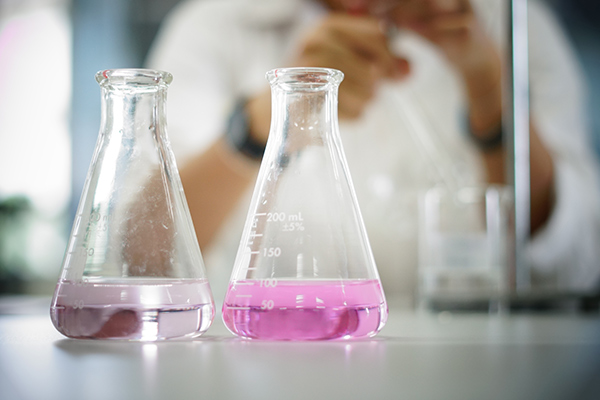
Manual titration relies on many human factors to ensure accurate and consistent results. Transcription, maintaining/cleaning, and sample preparation directly contribute to the quality of your analysis. Another hidden expense of manual titration is the overuse of analyte, or over titration. (Learn more, Top Tips for More Accurate Titrations).
Automated Titrations
Despite a higher initial cost, there are several key considerations that would lead a user toward an automated solution. Although manual titration is used about 60% of the time, automated titration is growing in popularity due to several key advantages. A completely automated system delivers improved accuracy, repeatability, safety, traceability, and it also meets regulatory requirements while freeing up valuable employee time.
Improved accuracy and repeatability
Automated titration uses a highly precise motor-driven piston burette to dose titrant in extremely small increments (ex: 0.001 mL). The piston burettes are tested to the ISO 8655 to ensure accuracy and reproducibility during manufacturing.
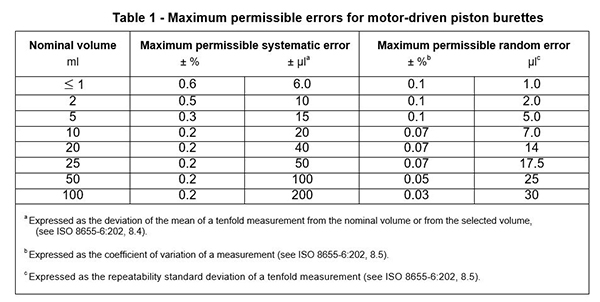
Data based detection of end-equivalence point
With automated titration, results are based on electrochemical measurements from your selected electrode instead of relying on a technician to see a color change from a color indicator.
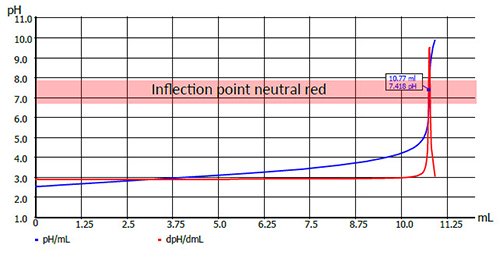
Inflection Point and Equivalence Point with a Suitable Indicator
Reliable traceability of results
Traceability of all titration results with internal memory or connection with PC software. Easily transferable via a USB or the software connection. Ability to have full audit trails with optional CFR compliant Titrosoft software.
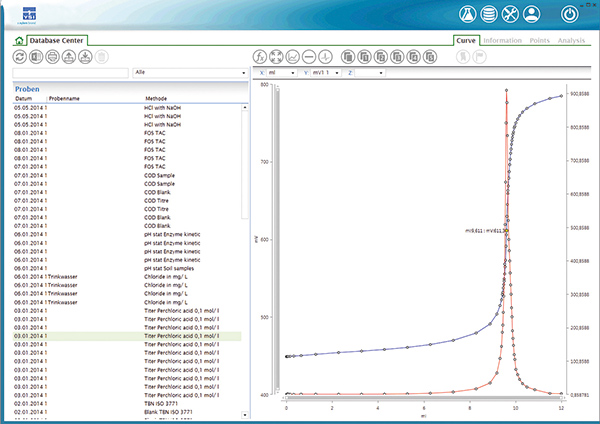
Increased safety
The enclosed burette requires minimal contact with corrosive and potentially harmful titrants and virtually eliminates broken glassware.
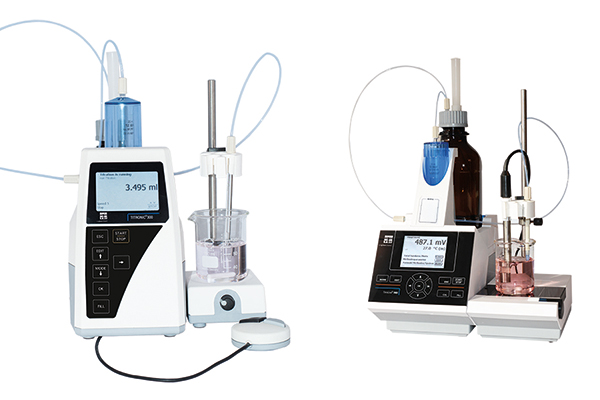
Gain valuable time
Automated titration allows the technician to accomplish more tasks in a day by freeing them of routine and time-consuming manual titrations. For high throughput facilities, the addition of autosamplers can automate 40 or more samples at a time. For manual titrations, becoming an expert can take many years, with automated titration, employees of any skill level can be easily trained to perform a titration.
Conclusion
The increased efficiency and accuracy of automated instrumentation makes manual titrations progressively more obsolete. Also, as regulatory requirements increase and audits become more commonplace, the cost of continuing to do manual titrations will outweigh the cost of upgrading your lab to an automated system.

Additional Blog Posts of Interest
Top Tips for More Accurate Titrations
How to Determine Water Levels in Biodiesel